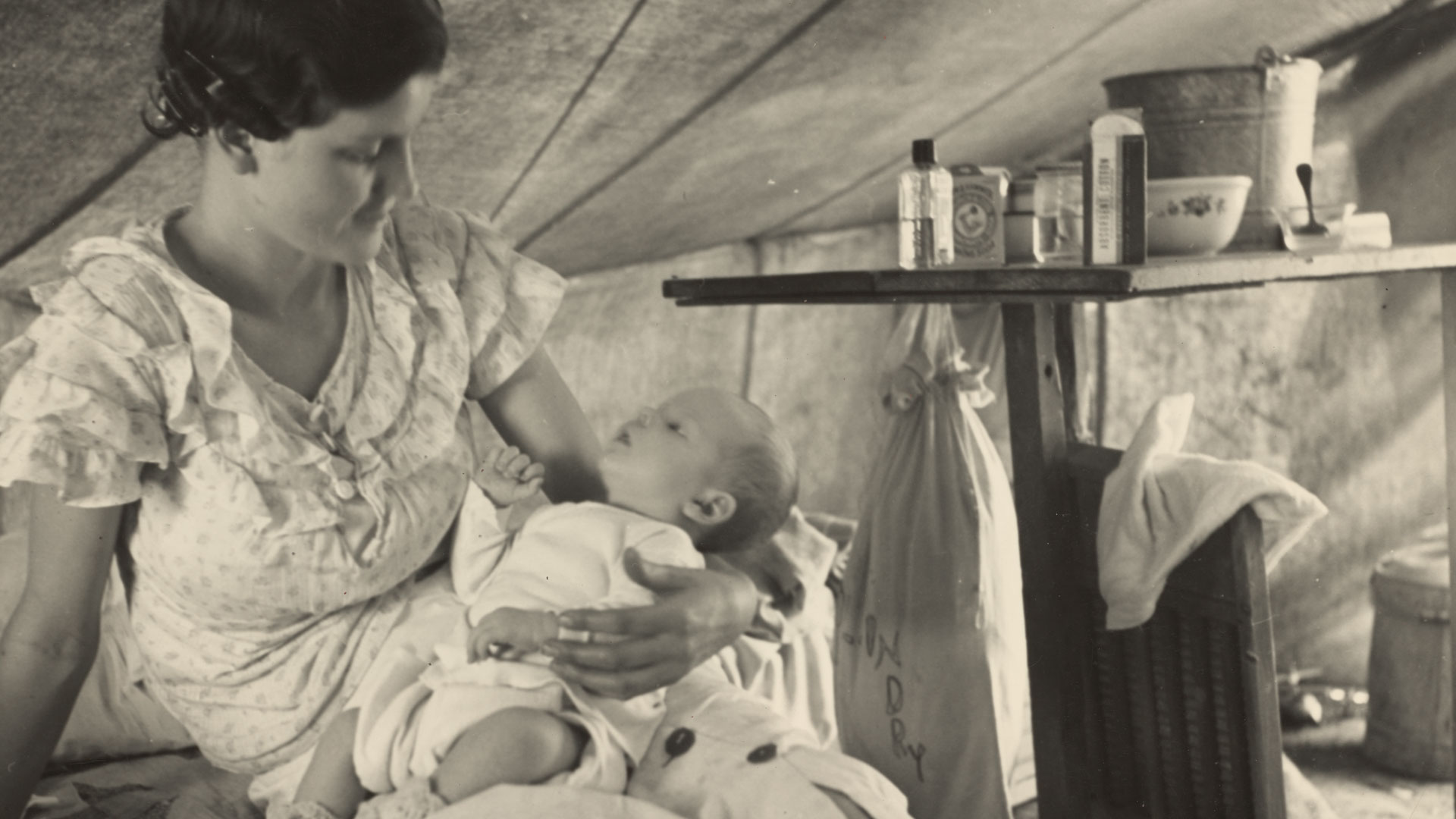It’s a girl! Or at least during times of hardship, more likely than not it will be. Fewer male babies are born in the United States during periods of environmental and ecological stress, according to new research published in Nature Scientific Reports. Researchers at the U and East Carolina University analyzed 100,000 births over a 21-year period, from 1918-1939. That time frame includes the Spanish Flu (1918-20), the Roaring ’20s (1925-29), and the Great Depression (1932-36). They found that far fewer sons were born during the Spanish Flu and the Great Depression, and more males were born during the Roaring ’20s, with no discernible trend emerging during the other years.
“Quite clearly what we find is that during bad times, we see many fewer boys being born than during the good times,” says Ryan Schacht, a researcher from East Carolina University and formerly at the U. “During the Roaring ’20s, this is where we are seeing big spikes—117 boys born for every 100 girls.” Historically, males have higher mortality rates and in general and are more frail than females. Now there is evidence that among humans this frailty extends in utero.
To learn more about this research, click here.




Comments
Comments are moderated, so there may be a slight delay. Those that are off-topic or deemed inappropriate may not be posted. Your email address will not be published. Required fields are marked with an asterisk (*).